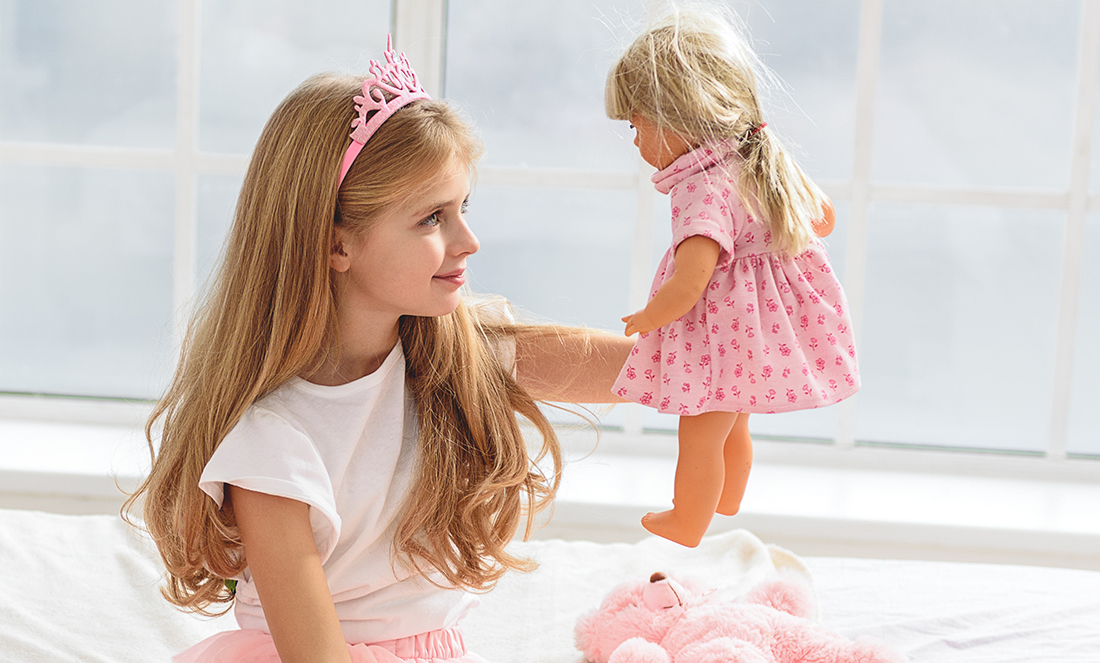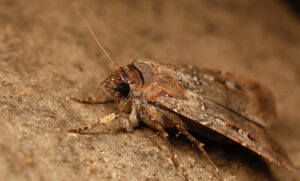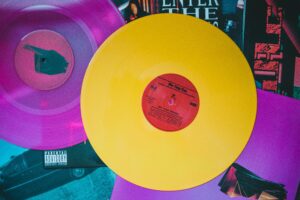You may have noticed the growing adoption of smart speakers and wearables. These connected devices swap our privacy for convenience.
These devices make up what’s called the internet of things or IoT. The IoT is a fancy way of describing the ever-growing number of objects that are talking to each other. And they’re collecting all sorts of information about us and the world around us.
The more we use them, the more it seems we’re OK with these devices watching us.

But what happens when these devices are used to watch our children? A team of researchers at Edith Cowan University has begun a 3-year research project investigating just that.
The internet of toys
The team, led by Dr Donell Holloway, is looking at what parents and children understand about connected devices like Hello Barbie and My Friend Cayla. Both are part of a growing trend of connected toys, which make up a subset of the internet of things, appropriately called the internet of toys. Just like other IoT devices, these toys work by collecting and sharing data about the people using them. In this case, children.
This data can include voice files of conversations a child has with their toys. It can also include demographic information such as a child’s birthday or even a child’s location.
Professor Lelia Green, who is on the ECU team with Donell, told me, “[Children] love playing with technology, but they are too young to realise the implications of data and data privacy. Parents haven’t really had a chance to think about [the implications of] this. They accept a lot of privacy implications with their daily mobile phone use and maybe don’t think this is substantially different.”
Unlike adults, who may be more conscious of what they share when using connected devices, Lelia told me, “Children are very confiding and trusting when talking about their life to their toys.”
An “illegal espionage apparatus”
Parents may be surprised to know that this information can be used for marketing purposes or even product placement. For example, a ‘smart’ doll may need to be connected to a parent’s phone to work. Suddenly, their phone is lit up with ads for things the child talked to their doll about.
Since privacy regulations vary widely from country to country, it’s hard for parents to know how safe their children’s information actually is. Further, since these devices can (and have) been hacked, there are also some very real safety risks for children. German regulators at the country’s Federal Network Agency even described My Friend Cayla an “illegal espionage apparatus” that must be destroyed.
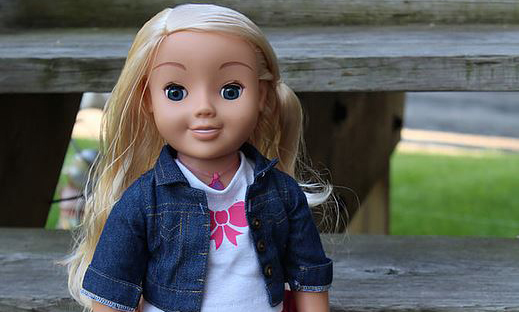
German regulators at the country’s Federal Network Agency even described My Friend Cayla an “illegal espionage apparatus” that must be destroyed.
Australia vs the EU
As the reaction from the Germans suggests, the European Union takes privacy quite seriously. As Lelia described to me, “In Australia, the discussion has been far less wide ranging and robust, and consumers here have less protection [than the EU].”
For this reason, Donell and her team will be looking at eight Australian families and nine European families. This way, they can see how and why privacy cultures may differ across different countries.
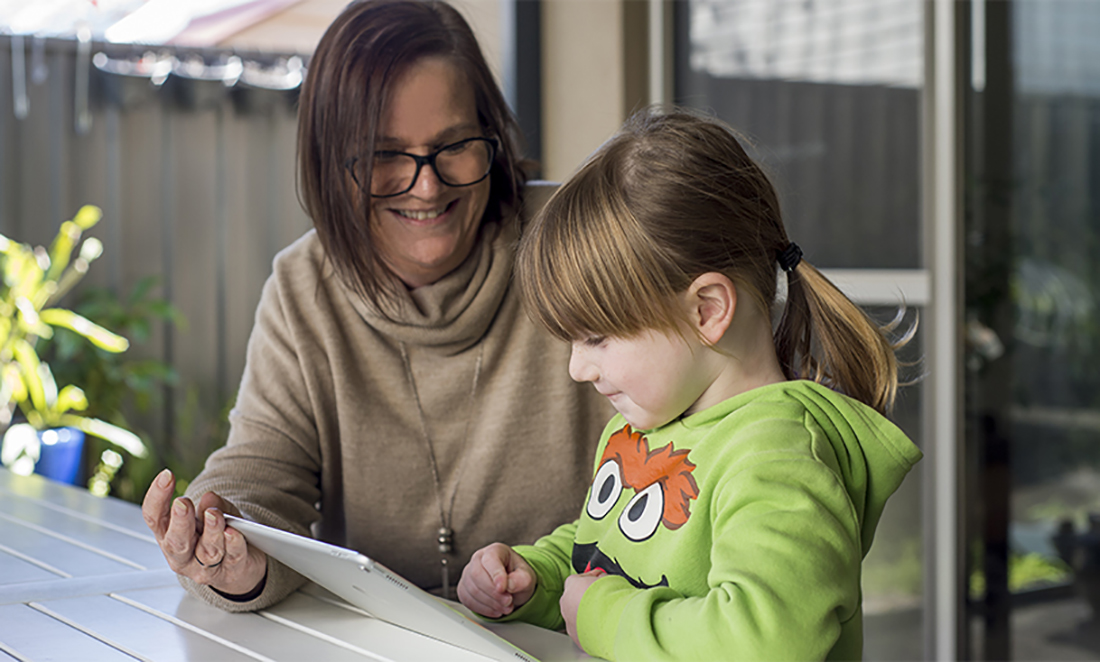
All participant families will receive a Cozmo connected toy. The children participating in the study will be asked to share their thoughts and experiences using the toy. This will help the researchers to understand what children experience and think with regards to their privacy while using these toys.
The team aims to complete their research by 2021, which is when they will begin publishing their findings. As Australian regulators are move to increase privacy protections, this research could provide some much needed insight.



